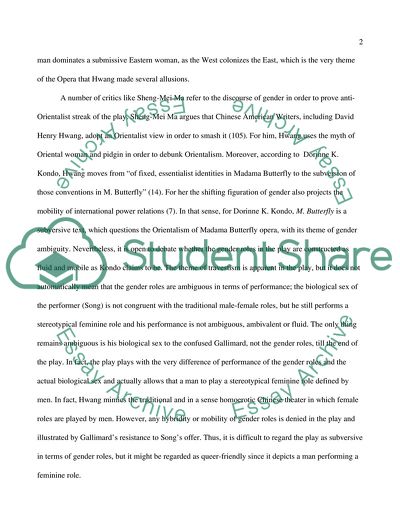Cite this document
(The Orientalist Veil of Homosexuality Research Paper, n.d.)
The Orientalist Veil of Homosexuality Research Paper. Retrieved from https://studentshare.org/social-science/1744262-relationship-between-sexual-and-cultural-domination-for-m-butterfly-by-david-henry-hwang
The Orientalist Veil of Homosexuality Research Paper. Retrieved from https://studentshare.org/social-science/1744262-relationship-between-sexual-and-cultural-domination-for-m-butterfly-by-david-henry-hwang
(The Orientalist Veil of Homosexuality Research Paper)
The Orientalist Veil of Homosexuality Research Paper. https://studentshare.org/social-science/1744262-relationship-between-sexual-and-cultural-domination-for-m-butterfly-by-david-henry-hwang.
The Orientalist Veil of Homosexuality Research Paper. https://studentshare.org/social-science/1744262-relationship-between-sexual-and-cultural-domination-for-m-butterfly-by-david-henry-hwang.
“The Orientalist Veil of Homosexuality Research Paper”, n.d. https://studentshare.org/social-science/1744262-relationship-between-sexual-and-cultural-domination-for-m-butterfly-by-david-henry-hwang.


